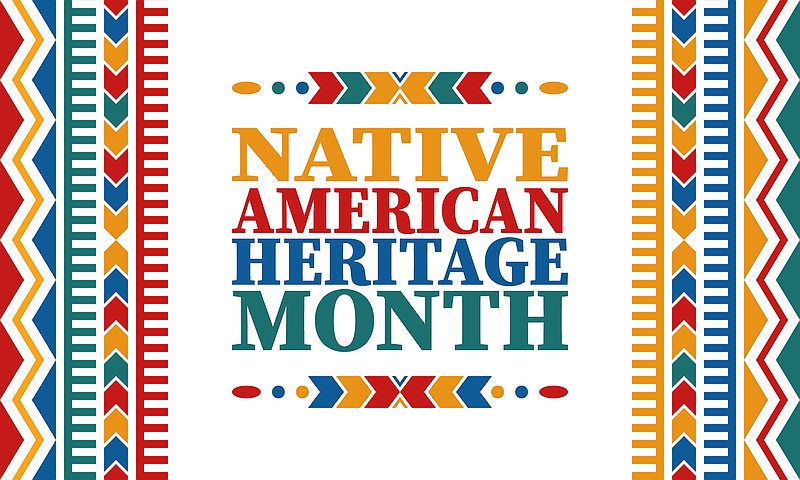Thanksgiving is traditionally a time for families to gather together and eat their heads off. Many are unaware that November is Native American Month, or they commemorate it with the usual "pilgrims and Indians" stories that celebrate the generosity of the Wampanoag people to the first settlers. They bypass the genocide of the Wampanoag that followed, and the removal of Native Americans from their lands. The invisibility that allows ignorance of their true history is successfully reinforced by calling it un-American not to turn a blind eye.
When you visit Ross's Landing in Chattanooga, do you think about Chief John Ross and how he petitioned Congress for redress of Cherokee grievances in 1824, which made the Cherokee the first tribe ever to do so? Do you look at the art work that shows how the landing was a launching pad for the forced exodus of the Trail of Tears? And how many of you have visited Chief John Ross's home, now virtually invisible behind a Food Lion in North Georgia?
Invisibility didn't end once the Cherokee and other tribes reached the "reservations" in the West. I experienced that when I worked for the Jewish Federation in Tulsa shortly after the Oklahoma City bombing. It was an honor to work with tribal representatives in Oklahoma's Council Against Hate. It was painful to see how they were hijacked by international Holocaust denier David Irving, who held a secret meeting at a local library under the name Native American Constitutional Party. Irving figured that except for ardent followers invited by email, no one would pay attention, or care.
That invisibility has dissipated slightly as Native American protests successfully halted the construction of a gas pipeline on the Standing Rock Sioux Reservation. But it's no surprise that it's taken a few centuries to give decision-making roles to indigenous communities. And to hold the first-ever Tribal Nations Summit. Maybe as pushback to the previous administration's eagerness to turn over tribal lands to money-making industries, the current administration has 52 Native Americans in positions across federal government, and Biden appointed the first Native American to be secretary of the interior.
Heralding a major shift, Secretary Deb Haaland announced, "The Interior Department is committed to protecting these sacred sites from desecration, while at the same time collaborating with Indigenous communities to increase access and ensure good stewardship of their lands."
There are eight agencies which oversee federal lands and have now agreed to collaborate and "ensure good stewardship and rightful access to sacred sites." The Tennessee Valley Authority is one of those agencies. More than 20 federally recognized Native American tribes recently contacted TVA about their cultural and historical presence the Tennessee Valley.
Thanksgiving, as a time of gratitude, should honor the sacred legacies of the indigenous communities. But we should also show respect for them, our First People, and not overlook the inequities affecting them. The per capita COVID-19 infection rates for Native American were three times higher than all Americans at the height of COVID. To be respectful, we must make this inequity visible and take action.
Biden's Office of Management and Budget acted by holding the first-ever tribal consultation to discuss adequate and stable funding for Indian Health Service. The requested federal 2022 budget attempts to redress long-standing health inequities by increasing that funding.
So after munching on turkey and pumpkin pie, let's go visit a Native American site. Learn its history. And show respect by telling elected officials to vote for the 2022 budget.
Contact Deborah Levine, an author, trainer/coach and editor of the American Diversity Report, at deborah@diversityreport.com.
